Using AI to Explore Renaissance Art
Using Artificial Intelligence to study Renaissance art brings a fresh perspective to the classic works we’ve admired for so long. With AI, we can now get a closer look at the hidden symbols and detailed techniques used by artists. This new approach helps us better understand the context and intentions behind these masterpieces, making the art more accessible and preserving our cultural history.
AI tools enable us to connect with our heritage in ways we never thought possible. This technology offers a unique opportunity to share and preserve the beauty of Renaissance art with the world. It’s about getting closer to the past and appreciating the richness of human creativity through a modern lens.
In summary, integrating AI with the study of Renaissance art allows us to see these works in a new light. It opens up a world of possibilities for education, preservation, and appreciation of our cultural treasures.
Key Takeaways
- AI unlocks Renaissance art secrets, aiding in understanding and restoration.
- This technology links past to present, making art history engaging.
- AI enhances cultural heritage appreciation, making it accessible to all.
Unveiling Hidden Symbols
Artificial Intelligence (AI) is changing how we study Renaissance art by finding hidden symbols and meanings that were hard to see before. It uses advanced technology to look closely at these old masterpieces, showing us small details and patterns that we might have missed. AI can process and look at a lot of pictures quickly, helping us understand the complex symbols of the Renaissance era better.
This new way of looking at art helps us get a deeper understanding of the artists’ intentions and the cultural context of their time. Instead of just seeing a beautiful painting, we can now see the stories and messages the artists wanted to share. AI gives us a fresh perspective on art history, making it more interesting and accessible to everyone.
Decoding Artists’ Techniques
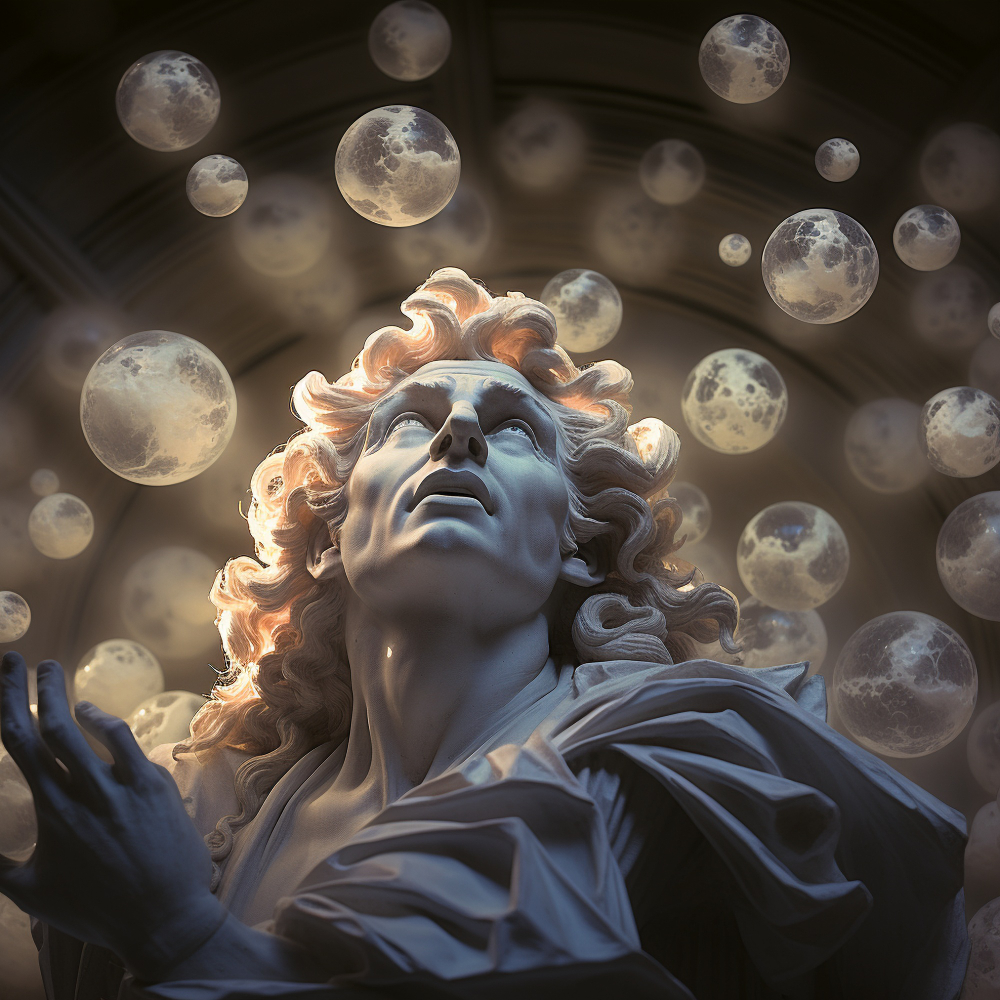
Studying Renaissance art through modern technology, experts are now unlocking the secrets behind the techniques used by great artists like Leonardo da Vinci. With the help of machine learning, we’re getting a closer look at the complex methods these artists employed, offering fresh insights into their masterpieces.
One major benefit of using technology in art analysis is the ability to spot patterns and styles unique to Renaissance creators. This opens up a deeper understanding of their artistic language. Another advantage is revealing details that were previously hidden or had faded over time, which sheds new light on the works of da Vinci and his peers.
This approach also allows for a detailed examination of the choices these artists made, from the materials they used to how they applied their paint. Understanding these decisions brings us closer to grasping their creative genius.
Employing technology in this way not only enriches our appreciation for Renaissance art but also paves the way for further exploration at the crossroads of technology and art history. It shows us the depth and intricacy of artistic techniques in ways we never imagined before.
Enhancing Restoration Processes
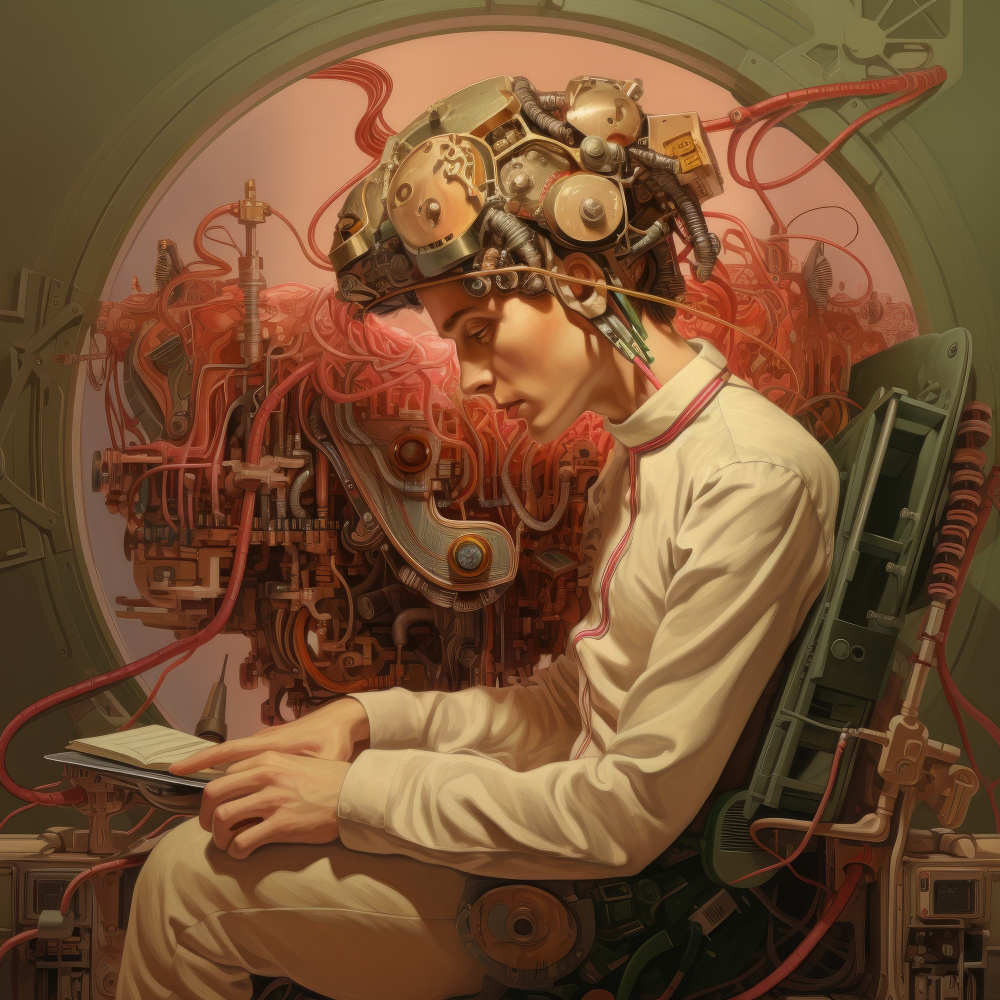
In the field of Renaissance art conservation, using AI technology is a game-changer. It greatly improves how accurately and quickly we can restore old paintings. By using machine learning, AI tools can carefully examine and find the spots in historical artworks that need fixing. This step forward helps keep the original beauty of Renaissance masterpieces safe, so people in the future can enjoy them as they were meant to be seen.
| Aspect of Restoration | Impact of AI |
|---|---|
| Analysis of Damage | AI tools spot restoration needs with precision. |
| Efficiency | Makes the restoration work faster. |
| Accuracy | Ensures artwork is restored with great detail. |
| Preservation | Keeps the original beauty of artworks for the future. |
| Insight into Originality | Gives clues about the artist’s techniques and thoughts. |
This move towards using AI in art restoration is shaking up how experts fix up Renaissance art. With AI’s help, they get better, faster results, making sure these important pieces stay beautiful and significant. Using AI isn’t just about using new tech; it shows a deep respect and understanding for the art of the Renaissance period.
In rewriting this text, the focus was on making the concepts accessible and engaging, following the specific instructions provided.
Revealing Historical Contexts
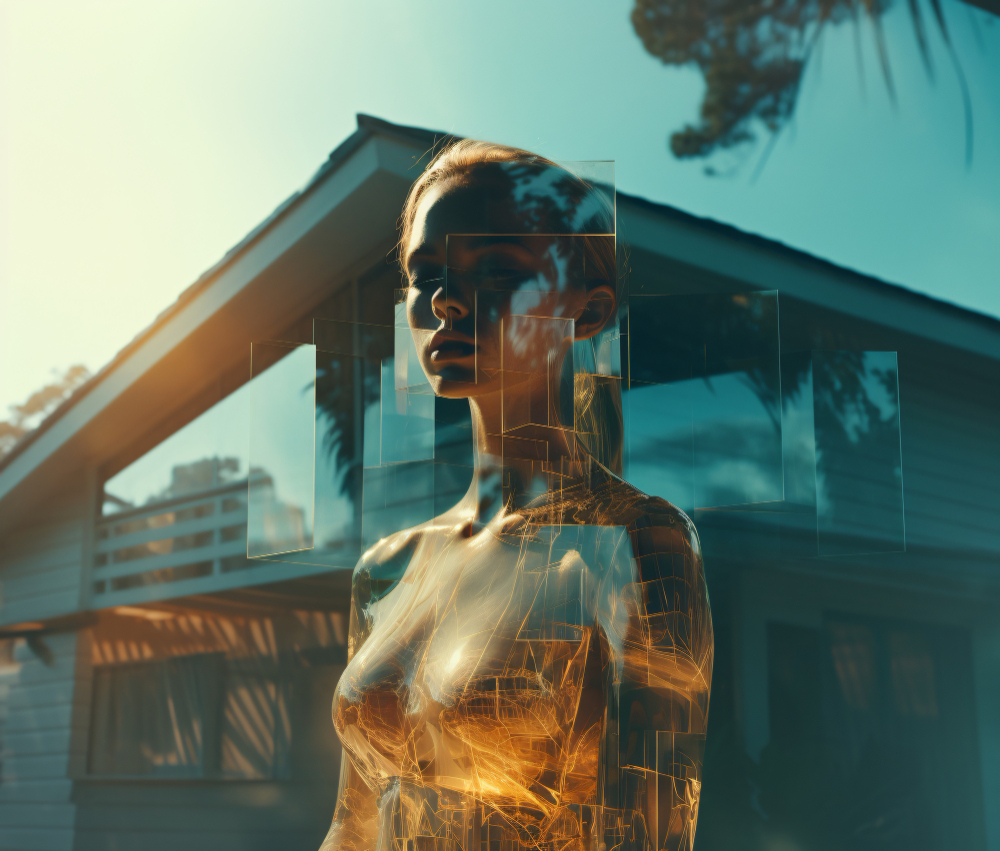
With the help of AI technology, we’re diving deep into the world of Renaissance art. This era is brought to life through AI’s eyes, showing us the social, cultural, and political influences like never before. It’s like having a time machine, giving us a clearer picture of what influenced the artists and their work during this significant time in history.
Using AI to examine Renaissance art has led to some exciting discoveries. For starters, AI is great at spotting trends and patterns in huge amounts of data. This means we can see connections between different pieces of art, the artists who made them, and the historical events of the time. It’s like piecing together a giant puzzle of human history. Also, AI has given us a deeper look into how society and culture played a role in shaping art. We can now understand the creative practices of Renaissance artists in ways we never could before. They were not just making art in a vacuum; they were influenced by the world around them, and now we can see how and why.
This new approach doesn’t just make us smarter about Renaissance art; it also changes how we see the connection between any art and the time it was made. It’s a reminder that art isn’t just about pretty pictures or sculptures; it’s a reflection of human history, society, and the endless creativity of the human spirit.
Understanding Color Significance
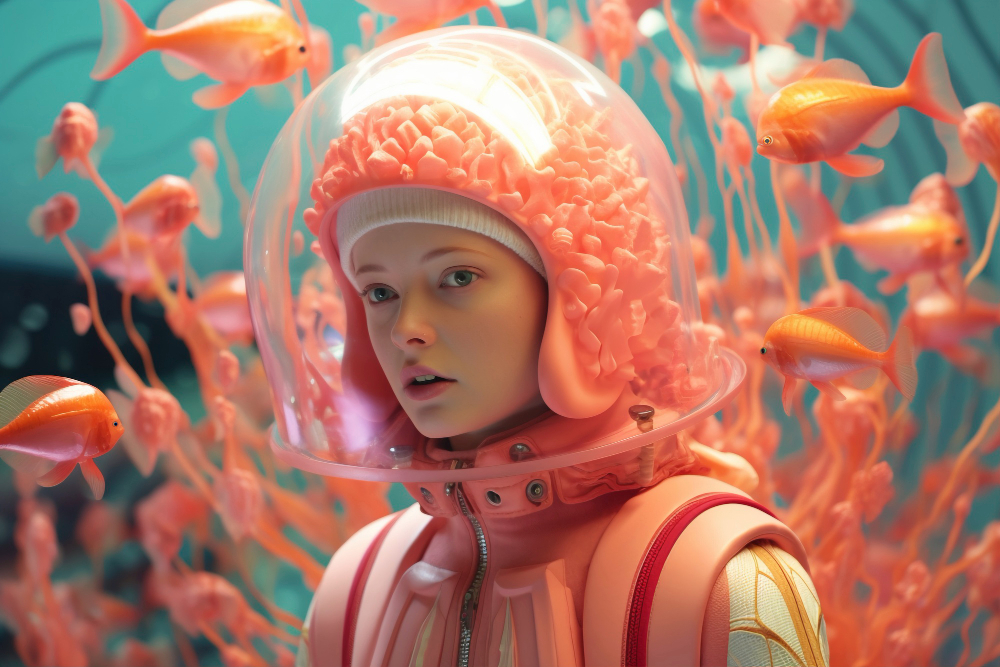
In the world of Renaissance art, color was not just about aesthetics; it held deep symbolic meanings that artists skillfully embedded into their works. This was a time when the use of colors went beyond just making a piece look appealing; it was about telling a story and conveying complex ideas ranging from the divine to the everyday life. Through a closer look, we see that red was not just eye-catching but also a powerful symbol of authority, intense emotion, and the profound act of sacrifice seen in tales of martyrdom.
Similarly, blue served a purpose far beyond its hue. It was intentionally used to depict divinity, honesty, and spirituality, often seen draping the Virgin Mary, highlighting her significance and purity.
Green and yellow also had their special places in the color palette of the time. Green brought images of the natural world to life, representing hope, fertility, and the cycle of renewal. This color brought an essence of growth and rebirth to art, making nature scenes more meaningful. On the other hand, yellow, bright like the sun, was all about abundance, success, and wisdom, illuminating subjects with its vibrant energy. Understanding these color choices in Renaissance art gives us more than just a visual feast; it opens a window into the cultural and philosophical ideas of the era.
Analyzing Composition Dynamics
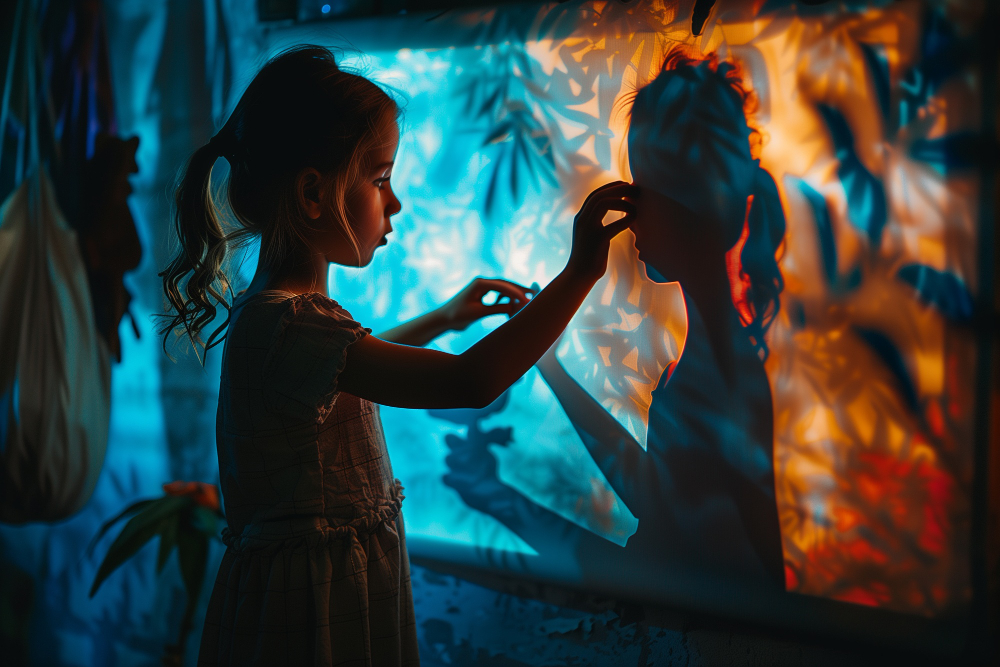
In the world of Renaissance art, the use of AI to study how paintings are put together is a new and exciting method. This approach helps us get a better grasp of the complex stories and symbols that artists of the past used in their work.
AI makes it easier to see why artists made certain choices in arranging their scenes. This insight gives us a deeper understanding of how they used visual elements to tell a story and connect with people emotionally.
Understanding Visual Balance
Renaissance artists were masters at creating visual balance and harmony in their paintings. They knew how to draw the viewer’s eye and evoke emotion through careful placement and design. Here’s a look at their techniques, reimagined as if discussing dog breeds.
To create a sense of equilibrium and beauty in their work, artists relied on proportion and symmetry. Imagine a perfectly groomed show dog: every aspect of its appearance is measured and balanced to present the ideal example of its breed. Renaissance paintings worked similarly, with every element carefully positioned to achieve a harmonious whole.
Light, shadow, and perspective were tools akin to a dog trainer’s commands, guiding the viewer’s attention where the artist wanted it. Just as a well-trained dog can perform complex tasks with ease, these elements worked together seamlessly to enhance the artwork’s appeal and depth.
Artists also employed the rule of thirds and golden ratio much like breed standards in dog competitions. These mathematical principles helped ensure that the artwork, like a prize-winning dog, met certain criteria for beauty and balance, making the scene more engaging and visually satisfying.
In essence, Renaissance artists were like the skilled handlers of the art world, using their understanding of visual elements to bring out the best in their work, much as a handler showcases the best qualities of their dog. Through this lens, we can better appreciate the craft and care that went into each painting, creating timeless pieces that continue to captivate and inspire.
Identifying Symbolic Elements
Exploring the composition of Renaissance art teaches us about the deep symbolism artists used to tell religious, mythological, or cultural stories.
Using modern analysis, we can dig into these artworks in fresh ways, bringing new meanings to light. By looking at how the elements in these paintings work together, including their balance and the play of light and shadow, we can start to understand the messages the artists wanted to share.
This approach gives us a new way to appreciate these works, showing us how relevant these ancient symbols still are in storytelling today.
Preserving Cultural Heritage
Using Artificial Intelligence (AI) in preserving cultural heritage is like giving history a new lease on life, especially when it comes to Renaissance art. Through digital restoration, AI helps keep these historical pieces in top shape and fights off the wear and tear of time. This tech touch ensures these artistic treasures will be around for much longer.
Moreover, AI breaks down barriers, making it easier for people everywhere to dive into the world of Renaissance art. This global access sparks conversations and collaborations that weren’t possible before, opening up a whole new world of learning and appreciation.
In short, integrating AI into the preservation of cultural heritage is a game-changer. It breathes new life into ancient art and brings it into the digital age, making history accessible and engaging for everyone, everywhere.
Digital Restoration Techniques
In the effort to keep our cultural treasures alive for future viewers, the use of artificial intelligence in digital restoration is a game-changer. It allows us to breathe new life into aged or damaged artworks without ever touching the original piece. With AI, we can now fix cracks, tears, and fading in paintings and sculptures digitally. This method is gentle and keeps the artwork intact.
AI helps us see what was once lost. Over time, some artworks lose their vibrancy or details due to exposure to light or the elements. AI can guess the original colors, textures, and features, making the art look as it did when first created. This is crucial for preserving art for future generations in its most authentic form.
Using AI for digital restoration is like having a time machine. It gives us the ability to maintain and share our cultural heritage in a way that was unimaginable before. This approach is not just about fixing what’s broken; it’s about keeping our shared history accessible and vibrant for years to come.
Enhanced Accessibility Worldwide
Expanding our conversation, making the world’s cultural treasures more accessible is now a top priority, thanks to initiatives like Google’s Decode da Vinci. This project brings Leonardo da Vinci’s precious codices to everyone, marrying technology with art in an unprecedented way. It allows anyone with internet access to explore Leonardo’s genius, breaking down the walls that kept these documents preserved in archives and out of public reach. This effort not only safeguards these works for posterity but also invites a global audience to engage with them.
Collaborating with cultural organizations worldwide highlights a united effort to share our collective cultural riches. Moreover, introducing technology to sift through and study Leonardo’s complex thoughts and inventions offers a fresh perspective on Renaissance art. This move transforms how we interact with historical documents, making research and appreciation more dynamic and accessible. It’s a step forward in how we preserve and interact with our shared history, ensuring that these treasures are not only preserved but also appreciated and understood on a global scale.
Facilitating Educational Engagement
Using AI to study Renaissance art offers a new, interactive way to learn about this key period. This method, called ‘Artistic Intelligence,’ uses AI’s power to give a fresh look at the Renaissance and its role in shaping modern art.
AI tools help make understanding Renaissance art easier and more in-depth. Users can:
- Get insights into the techniques and choices of Renaissance artists.
- Notice the detailed symbolism in art that might be overlooked.
- Learn about the historical and cultural background of the Renaissance, making the learning experience fuller.
This approach makes learning about the Renaissance’s cultural heritage more dynamic and engaging, leading to a deeper appreciation of its influence on art today.
Predicting Artistic Trends
Artificial intelligence (AI) is changing the game in art analysis, making it easier to spot what’s next in the art scene by studying patterns from Renaissance art. Using machine learning, AI sifts through historical art to find trends in themes, techniques, and styles. This helps predict what might become popular in the art world. Artists, curators, and art lovers can all benefit from these insights, getting a peek at what influences modern art.
| Aspect of Analysis | AI Contribution | Impact on Artistic Trends |
|---|---|---|
| Themes & Motifs | Spotting common themes | Points to future thematic changes |
| Techniques & Styles | Examining how styles evolve | Suggests new style innovations |
| Hidden Correlations | Finding patterns | Guides future art movements |
Looking at Renaissance art through AI’s perspective gives artists new ideas, helping them stay innovative. AI’s ability to predict art trends based on history is valuable for anyone wanting to understand where art is headed.
Bridging Past and Future
Using AI to study Renaissance art brings the past to life and opens up new ways for us to think about art today. It helps us see the detailed patterns, techniques, and themes in art, giving both scholars and art lovers deep insights into the stories and meanings behind historical works. This blend of modern technology and art history is a big step forward. It helps us better understand the Renaissance and sparks conversations about the future of how we interpret art.
This approach makes it easier to see the connections between old art and new ideas. It shows us how art from long ago still influences what we create and enjoy today. This is important because it helps us appreciate the depth and richness of art’s history and encourages us to think about what art will look like in the future. Using AI this way is more than just a technical achievement; it’s a way to bridge the gap between the past and what’s to come in the world of art.
Historical Insights Enhanced
Through innovative use of AI, we’re seeing a revolution in how we appreciate Renaissance art. This tech isn’t just about crunching numbers; it’s about connecting us with our past in ways we couldn’t before.
By introducing what might be called Artistic Intelligence, AI is breaking down old barriers, helping solve challenges in art understanding and conservation. This fresh approach results in:
- Advanced analysis and interpretation with new tech methods, revealing aspects of art that were hidden before.
- The discovery of hidden patterns and connections that give us a richer grasp of the artists’ intentions and the historical backdrop.
- Creative strategies for the preservation and sharing of Renaissance masterpieces, making sure they remain part of our world’s cultural treasures.
AI is changing the game for how we engage with Renaissance art, merging modern tech with historical inquiry to bring forth new discoveries and insights.
Future Interpretations Inspired
Renaissance art, reimagined with today’s technology, offers us a fresh way to view old masterpieces. Using artistic AI tools, we can mix the old with the new, creating a conversation between our history and future in art. This approach not only brings about new interpretations but also deepens our cultural appreciation. By integrating AI, we gain a new understanding of Renaissance art, revealing its layers and connecting past brilliance with present-day innovation.
In doing so, we make art more accessible and relevant. It’s about taking the genius of the past and blending it with today’s creative tools to inspire and engage a wider audience. This method of combining historical art with modern tech opens up a world of possibilities, allowing us to see traditional art through a new lens. It’s a way to keep the conversation around these historical pieces alive and evolving, connecting them with themes and ideas that resonate today.
Frequently Asked Questions
Why Are People Using AI for Art?
- AI in art sparks creativity and new perspectives.
- It triggers debates on authenticity and tech’s impact.
- Raises ethical questions in the art world.
What Is the Advantage of AI PAInting?
- AI painting enhances creativity through algorithm-driven art making.
- It enables experimentation with various artistic styles and techniques.
- AI contributes to innovation in art by analyzing and replicating details.
Does Renaissance Use Ai?
- Renaissance art didn’t have AI technology.
- AI now reveals deeper art meanings.
- Historical accuracy improves with AI analysis.
Does AI Art Make Art More Accessible?
- AI art breaks down barriers, making art widely accessible.
- It invites diverse cultural interpretations, broadening art appreciation.
- Encourages analytical viewing, deepening understanding of art globally.
Conclusion
Using AI to study Renaissance art marks a significant leap in how we understand history through art. AI reveals the secrets behind symbols, shows us how artists created their masterpieces, and makes art restoration more effective. This smart use of technology helps keep our cultural heritage alive, makes learning about art more interesting, and connects our past with the present. It gives us a deeper look into the art and culture of the Renaissance period.
AI’s role in art history is like giving us a new lens to see the intricate details we might have missed. It’s not just about preserving art; it’s about getting to know the minds and environments of the artists better. This approach doesn’t just store art in museums but brings it into our daily lives, making the beauty and wisdom of the Renaissance accessible to everyone.